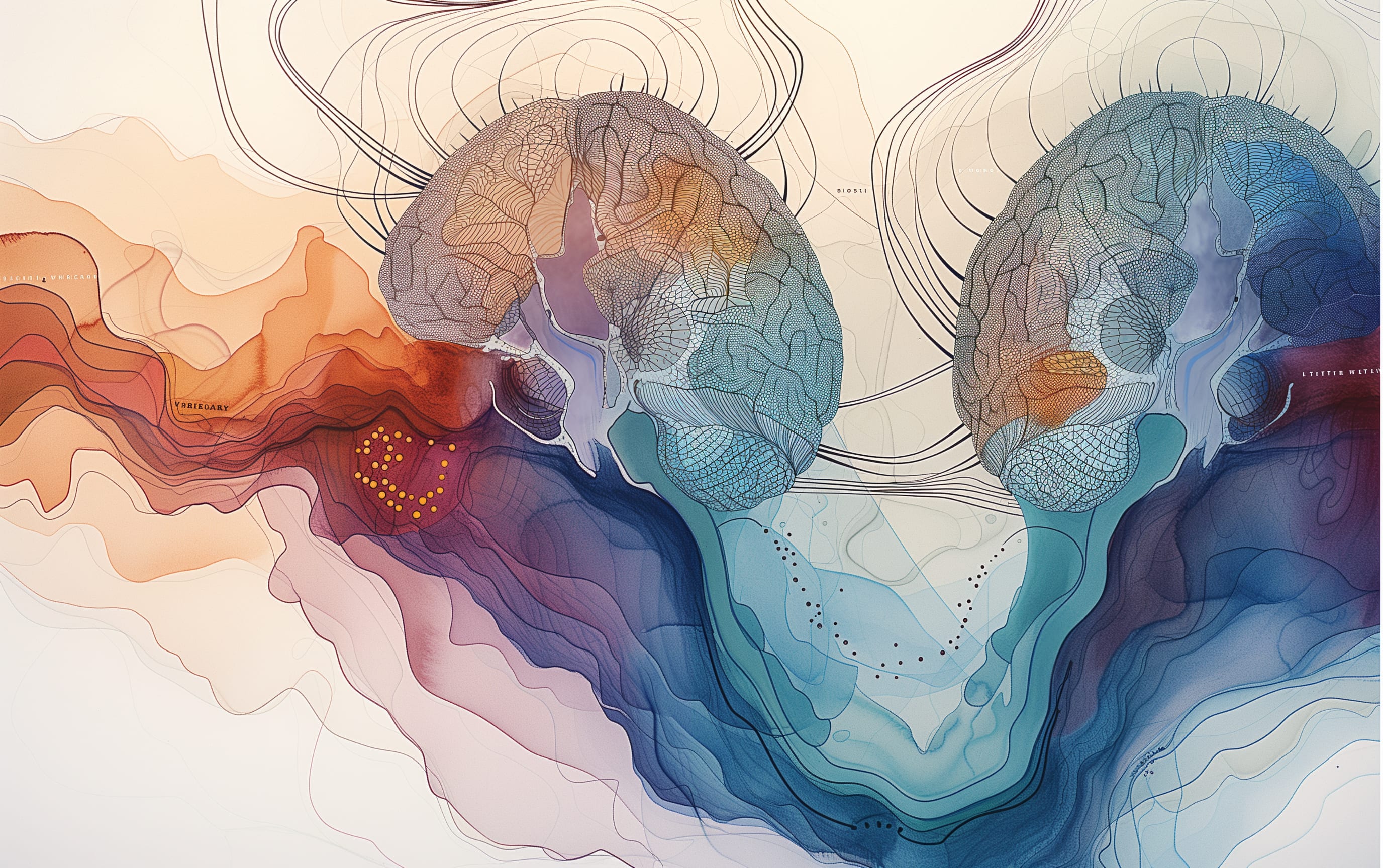ARC has published a report on Eliciting Latent Knowledge, an open problem which we believe is central to alignment. We think reading this report is the clearest way to understand what problems we are working on, how they fit into our plan for solving alignment in the worst case, and our research methodology.
The core difficulty we discuss is learning how to map between an AI’s model of the world and a human’s model. This is closely related to ontology identification (and other similar statements). Our main contribution is to present many possible approaches to the problem and a more precise discussion of why it seems to be difficult and important.
The report is available here as a google document. If you're excited about this research, we're hiring!
Q&A
We're particularly excited about answering questions posted here throughout December. We welcome any questions no matter how basic or confused; we would love to help people understand what research we’re doing and how we evaluate progress in enough detail that they could start to do it themselves.
Thanks to María Gutiérrez-Rojas for the illustrations in this piece (the good ones, blame us for the ugly diagrams). Thanks to Buck Shlegeris, Jon Uesato, Carl Shulman, and especially Holden Karnofsky for helpful discussions and comments.

Yes, that's the main way this could work. The question is whether an AI understands things that humans can't understand by doing amplification/debate/rrm, our guess is yes and the argument is mostly "until the builder explains why, gradient descent and science may just have pretty different strengths and weaknesses" (and we can make that more concrete by fleshing out what the world may be like and what the AI learns by gradient descent). But it seemed worth raising because this does appear to make the bad reporter's job much harder and greatly restrict the space of cases where it fails to report tampering.
Methodologically, the way I think about this kind of thing is: (i) we had a counterexample, (ii) after making this change that particular counterexample no longer works, (iii) now we want to think through whether the counterexample can be adapted.
This is also legitimately less obvious. An AI can't simulate (human+AI helpers), since each AI helper is as smart as the AI itself and so simulating (human+AI helpers) clearly requires more compute than the AI has. The counterexample is that the AI should just try its best to do inference in the Bayes net that includes "everything the human could understand with the amount of science they have time to do."
But that does still leave the builder with avenues to try to strengthen the algorithm and win. One way is discussed in the section on speed regularization: if the AI is "trying its best" to do inference in the human Bayes net then there might always be returns to having more time to think (and so it might be able to benefit by transferring over its understanding of what was happening in the AI Bayes net rather than recomputing from the observations). The next step for a builder who wanted to take this approach would be to argue that they can reliably construct a complex enough dataset that this advantage is relevant.
My guess is that this doesn't work on its own, but if you could scalably construct more complex data then it might work when combined with imitative generalization, as discussed here.